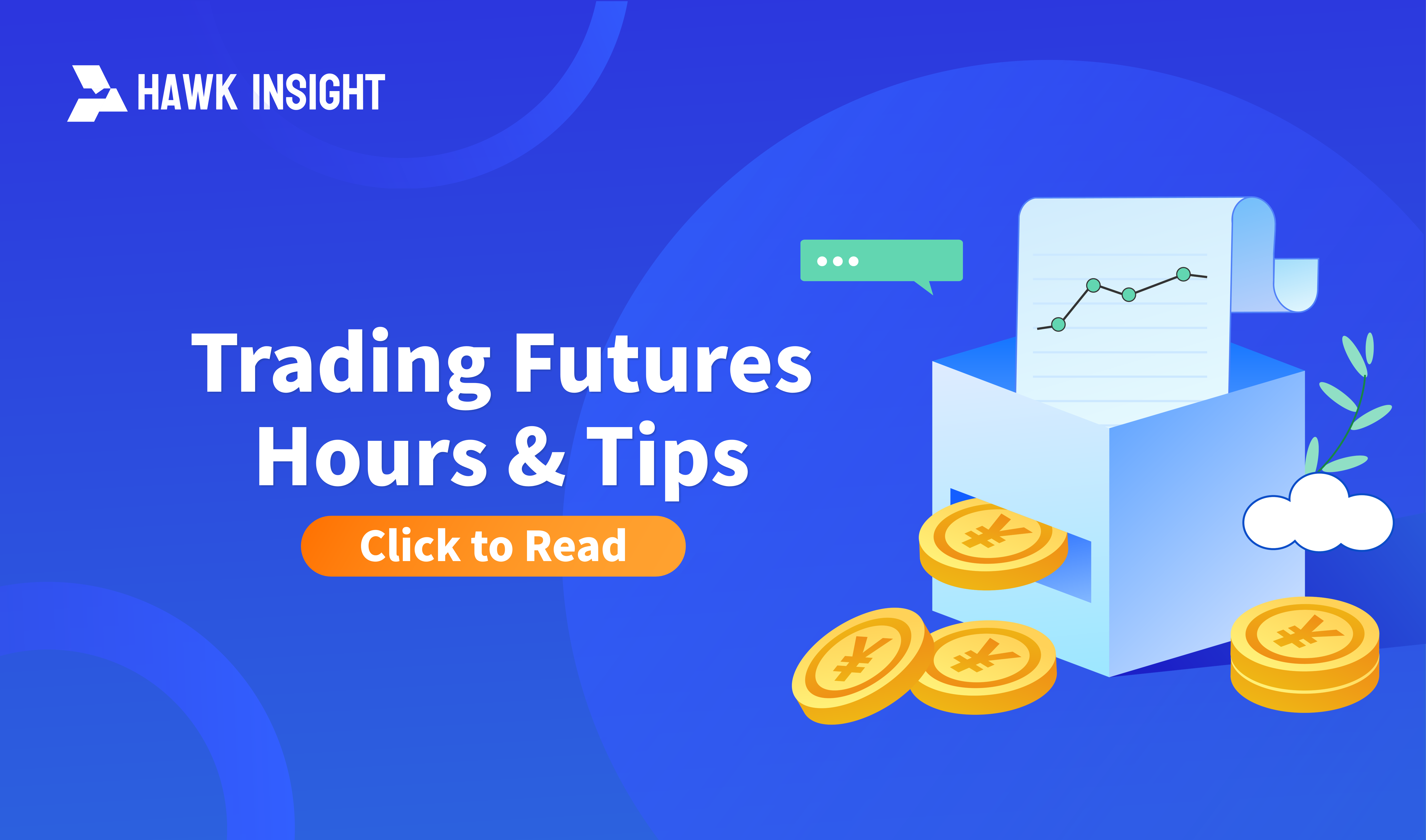Trading Futures - Hours & Tips
Learn about the trading hours for various futures markets & how to make the most of your trades.Discover tips on risk management, contract selection & more.

Futures trading offers investors opportunities to access a variety of markets, including commodities, currencies, and stock indices. However, the trading hours for different markets significantly impact liquidity and volatility. This article will explore trading hours for various futures markets and provide strategies to optimize trading.
Commodity Futures Trading Hours
Commodity futures markets (such as those for crude oil and gold) typically have longer trading hours compared to stock or currency markets. For example, the New York Mercantile Exchange (NYMEX) offers trading from 6:00 PM Eastern Time (ET) on Sunday to 5:00 PM ET on Friday. This extended trading period allows traders to react to overnight global developments and capitalize on price movements during the Asian and European trading sessions.
Currency Futures Trading Hours
Currency futures markets (such as those for the euro and the U.S. dollar) have shorter trading hours compared to commodity futures. For instance, the Chicago Mercantile Exchange (CME) provides trading in currency futures from 6:00 PM ET on Sunday to 5:00 PM ET on Friday. This schedule enables traders to take advantage of price movements during the U.S. and European trading sessions but does not cover the Asian session.
Stock Index Futures Trading Hours
Stock index futures (such as those for the S&P 500 and NASDAQ) have trading hours similar to those of currency futures. For example, the CME offers trading in stock index futures from 6:00 PM ET on Sunday to 5:00 PM ET on Friday. This allows traders to benefit from price movements during the U.S. and European trading sessions, though the Asian session is not included.
Impact of Global Events on Futures Trading Hours
Global events, such as economic data releases and political announcements, can significantly influence trading hours for futures markets. For example, the release of key economic data, such as GDP figures or interest rate decisions, can lead to increased volatility and liquidity, making the markets more attractive to traders. Similarly, political events such as elections or trade agreements can affect trading hours and market dynamics.
Strategies for Trading Futures During Off-Hours
Although the majority of futures trading activity occurs during regular trading hours, there are still opportunities to profit during off-hours. For instance, traders can take advantage of overnight price movements in commodity markets, such as crude oil and gold. They can also capitalize on price changes during the Asian and European trading sessions in currency and stock index markets.
Using Trading Platforms for Off-Hours Trading
Most trading platforms allow traders to place orders during off-hours, even when markets are closed. Traders can use these platforms to set limit and stop-loss orders, which will automatically execute trades at the specified prices. This feature enables traders to take advantage of price movements during off-hours without needing to constantly monitor the markets.
Importance of Risk Management in Futures Trading
Futures trading involves a high level of risk due to the market's volatility and rapid price movements. It is crucial for traders to employ effective risk management strategies, such as setting stop-loss orders and diversifying their portfolios, to mitigate potential losses. Traders should also be aware of their broker's leverage options, as high leverage can amplify both gains and losses.
Choosing the Right Futures Contract
There is a wide variety of futures contracts available, each with unique characteristics. Traders should consider factors such as the underlying asset, expiration date, and margin requirements when selecting a contract. Additionally, researching market conditions and trends for the specific contract before entering a trade is essential.
Role of Technical Analysis in Futures Trading
Technical analysis is a common method used by traders to forecast future price movements based on historical market data. Traders can use tools such as charts, indicators, and trend lines to identify patterns and make informed trading decisions. It is important to combine technical analysis with fundamental analysis, which involves evaluating economic and financial factors that may impact the market.
Pros and Cons of Futures Trading
While futures trading can offer significant returns, it is not without risks. The main advantages include the ability to profit from both rising and falling markets and the potential for high leverage, which allows traders to control large positions with relatively small capital. However, the high leverage can also lead to substantial losses if trades do not go as planned.
Conclusion
Futures trading presents valuable opportunities for investors to gain exposure to various markets. However, understanding market trading hours, global events, and effective risk management is crucial for successful trading. By leveraging technical analysis tools and selecting appropriate futures contracts, investors can optimize their trading strategies and enhance their profit potential.
Disclaimer: The views in this article are from the original Creator and do not represent the views or position of Hawk Insight. The content of the article is for reference, communication and learning only, and does not constitute investment advice. If it involves copyright issues, please contact us for deletion.